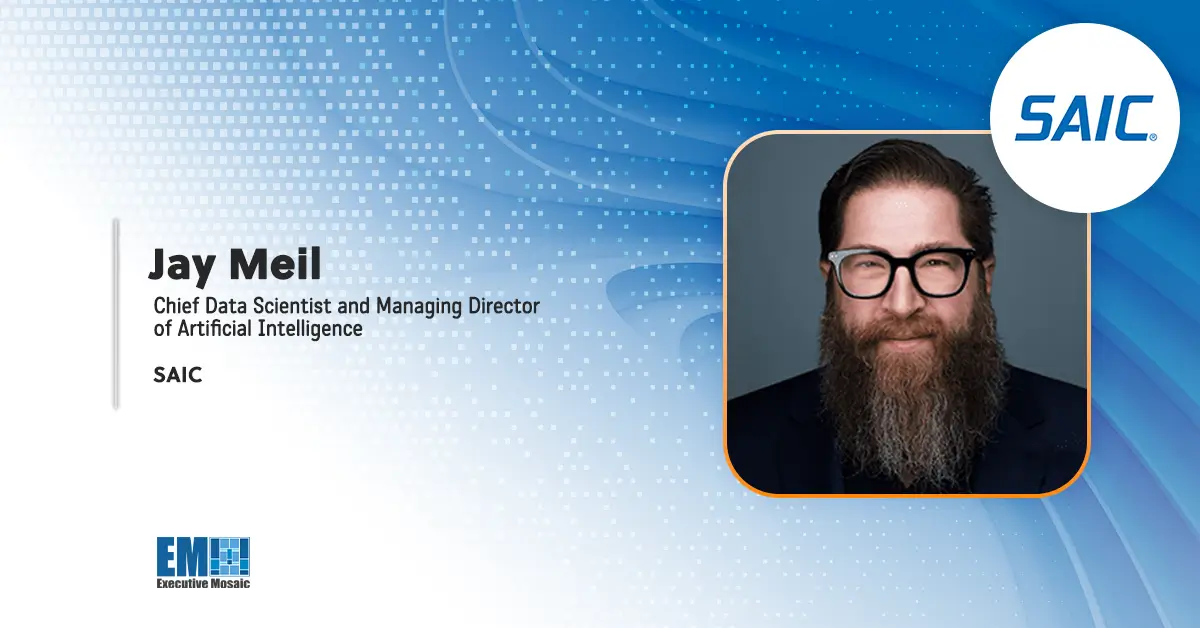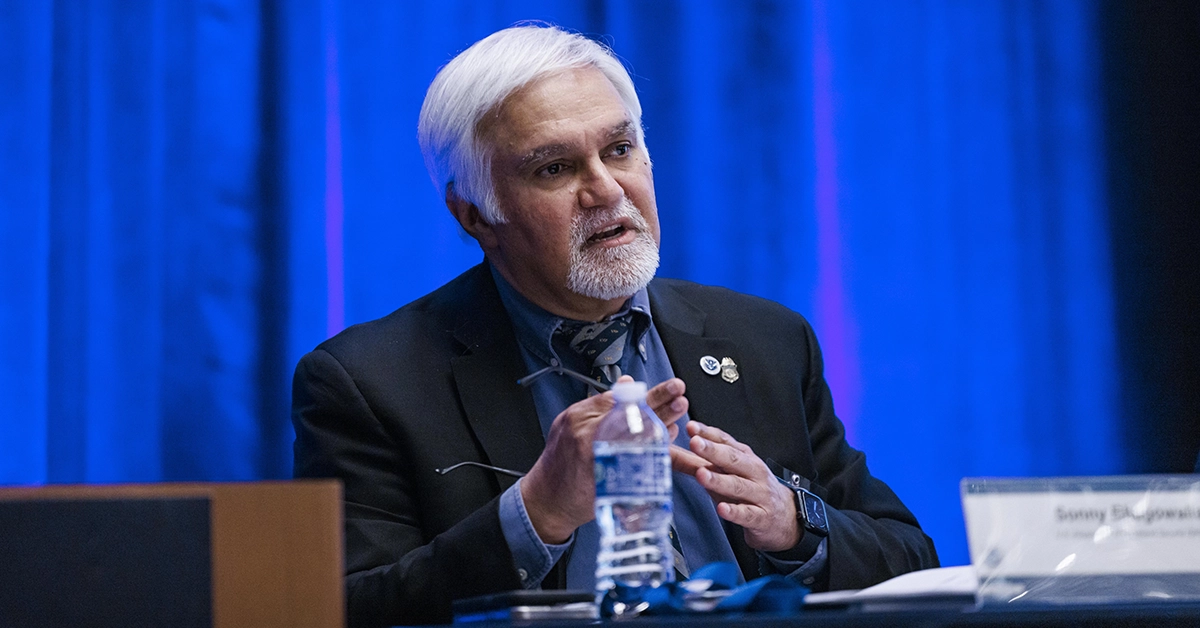In recent years, the U.S. intelligence landscape has seen a clear shift away from counterterrorism and a pivot toward “hard target” adversaries like China, North Korea, Russia and Iran. Within the intelligence community, this shift has spurred a reevaluation of intelligence tradecraft, a more concentrated focus on technology and an increased reliance on public-private partnerships as IC leaders adapt to meet the needs of today’s intelligence and national security missions.
To find out more about how this pivot, emerging technologies, adversarial shifts and other global developments are impacting the U.S. intelligence community, Executive Mosaic spoke with Juliane Gallina, associate deputy director for digital innovation at the CIA, in a recent video interview.
One of the ways in which the CIA is getting ahead of global threats is by shifting toward emerging technologies as a major focus category. “Today, we know our adversaries are really investing in technology and looking at technology as a way to maintain or achieve strategic, economic domination,” said Gallina, a two-time Wash100 Award winner, in conversation with Executive Mosaic’s Summer Myatt.
Gallina said the CIA’s top five technology priority areas today include artificial intelligence and machine learning; blockchain and cryptocurrency; biotechnology; microelectronics and next-generation communications; and quantum computing. While these areas can drive important innovation in the United States, they can also open up opportunities for our adversaries to interrupt our development.
“These industries create avenues for adversaries to disrupt American global economic superiority or strength, and they’re seeking to undermine it,” Gallina warned.
Perhaps the biggest threat to American democracy, Gallina shared, is not technology, but rather the spread of disinformation and misinformation. To combat this growing threat, the CIA is taking a closer look at the provenance and lineage of open source intelligence as the agency’s analysts strive to be more independent, nonpartisan and objective — and Gallina suggested that even American citizens can use these tools to better discern the quality of information they consume.
As the CIA celebrates its 75th anniversary this year, Gallina reflected upon how much the agency has changed to meet the evolving needs of today’s intelligence landscape. The CIA deals with a lot of classified information, and classification can sometimes be a barrier to working with industry or even other government agencies. The agency’s Digital Innovation Directorate aims to change that narrative.
“We are becoming much more open in helping industry understand what our challenges and requirements are,” said Gallina. The CIA has launched multiple efforts to better partner with industry, including the reintroduction of tech fellowships and the Digital Hammer broad area announcement.
The CIA is also now on social media for the first time ever, and the agency hopes that its online presence will help expand its reach and strengthen its ability to connect with its government and industry partners. Gallina lauded the work of her colleague, Jennifer Ewbank, deputy director of the CIA’s Digital Innovation directorate and fellow Wash100 Award recipient, in helping to build the agency’s social media following.
Gallina also shared the lessons she’s learned from reacclimating between industry and government, and she shared advice for those looking to enter the U.S. intelligence community today.
Visit ExecutiveMosaic.com to view the full video interview with the CIA’s Juliane Gallina, and be sure to subscribe to Executive Mosaic’s YouTube channel.





